For decades, board governance meant thick manila folders, overnight couriers, and frantic last-minute reprints when directors found errors. Walk into most boardrooms five years ago, and you’d see directors juggling paper packets while trying to find specific financial reports buried somewhere in the stack. Ernst & Young’s recent findings show that cybersecurity and data privacy have shot to the top of most directors’ worry lists, yet plenty of boards still handle sensitive documents the same way they did in 1995.
Something’s shifted in American boardrooms, though. Directors who once insisted on paper copies now ask why their organizations haven’t upgraded to virtual data room software yet. This change didn’t happen because of slick sales presentations or technology mandates from IT departments. Instead, it grew from three converging realities: cybercriminals specifically hunting for board materials, new regulations that demand better documentation trails, and the simple fact that directors got tired of wasting time on logistics when they should focus on strategy.
Cyber Threats Finally Got Personal
Attackers Know Where the Good Stuff Lives
Modern cybercriminals have gotten frighteningly good at targeting the information that matters most. They’ve figured out that board materials contain the crown jewels of corporate intelligence – strategic plans, acquisition targets, executive compensation details, and financial forecasts that could move stock prices. Data breaches don’t just cost money anymore; they destroy reputations that took decades to build.
Ernst & Young’s cybersecurity research paints a sobering picture of American corporations under constant attack. Spyware, domain spoofing, and zero-day exploits have become routine threats rather than exotic risks. When attackers succeed in accessing board materials, they’re not just stealing data – they’re gaining insights into corporate strategy that can devastate competitive positions.
Traditional document sharing methods practically invite these attacks. Email attachments sit in multiple inboxes, portable drives get lost in airport security lines, and basic cloud storage offers about as much protection as leaving classified documents on a coffee shop table. Directors finally realized they needed something better.
Virtual data room software addresses these vulnerabilities with enterprise-grade security that actually works. Advanced encryption keeps information safe whether it’s traveling across networks or sitting in storage. Sophisticated access controls let organizations specify exactly who can view, download, or print specific documents. The security features that matter most include:
• Real-time audit trails capturing every user action
• Digital watermarking that traces leaked documents back to their source
• Geographic restrictions blocking access from unauthorized locations
• Time-based permissions that automatically expire after meetings
These systems create accountability that traditional methods can’t match, helping organizations spot potential breaches before they turn into disasters.
Regulators Started Paying Attention
The SEC rolled out new disclosure requirements in December 2023 that fundamentally changed the cybersecurity game for public companies. Directors can no longer treat data protection as someone else’s problem – they face potential personal liability if their organizations fail to implement adequate security measures, especially when handling information that could affect stock prices.
Cybersecurity represents just one piece of an increasingly complicated regulatory puzzle. The EU’s Data Act creates new requirements that favor technology vendors offering sophisticated integration capabilities and regional storage options. Various countries now mandate that certain types of sensitive information stay within their borders. Virtual data room software provides the infrastructure boards need to navigate these overlapping and sometimes contradictory requirements without losing their minds.
The Productivity Revolution That Nobody Expected
Board Prep Went from Nightmare to Normal
Ask any corporate secretary about traditional board packet preparation, and watch them wince. The process typically consumed entire days – collecting documents from different departments, coordinating with printers, assembling packets, and managing distribution logistics that made military operations look simple. Directors often received materials just days before meetings, leaving little time for meaningful review.
Virtual data room software transformed this nightmare into something approaching normalcy. Modern platforms use template-based systems that maintain consistent formatting while automatically pulling in financial reports and presentations from various business applications. Version control ensures everyone sees the most current information, while last-minute updates can be distributed instantly without requiring complete packet recreation.
Distribution became equally streamlined through secure links that provide immediate access to all meeting materials. Directors can review documents during flights or between meetings, while offline synchronization handles international travel and spotty connectivity. Automatic notifications alert participants when new materials appear or existing documents get updated, eliminating the coordination headaches that plagued traditional distribution methods.
Meetings Actually Started Working
Virtual meeting capabilities eliminated travel requirements while making it easier for busy directors to participate consistently. But the real productivity gains went far beyond convenience and cost savings.
Directors using virtual data room software report better meeting preparation because organized, accessible materials enable thorough document review. During meetings, participants can search and cross-reference documents instantly instead of shuffling through paper stacks. Real-time collaboration features let directors share annotations and comments before and during discussions. Corporate secretaries finally escaped from logistics hell and could focus on strategic governance issues.
Research shows that ineffective meetings cost organizations massive amounts through lost productivity. When board members earn seven-figure compensation packages, inefficient meetings become genuinely expensive problems. Virtual data room software tackles these inefficiencies by improving preparation quality, streamlining information access, and enabling better collaboration among participants.
Remote Governance Became Reality
The Pandemic Taught Hard Lessons
COVID-19 forced every board to experiment with virtual meetings, often with disastrous results. Organizations that tried to conduct board business using consumer video conferencing and basic file-sharing quickly discovered that these tools couldn’t handle the security and compliance requirements of actual governance work.
Smart companies figured out that virtual board meetings could actually work better than in-person gatherings – but only with the right infrastructure. They needed platforms that could support both secure document management and virtual meeting capabilities within integrated systems designed specifically for governance needs.
Hybrid Models Became Standard
Today’s boards operate in hybrid environments where some directors join virtually while others attend in person. Microsoft’s research on executive boardroom technology emphasizes that effective solutions adapt to existing physical spaces rather than forcing expensive renovations to accommodate new technology.
Virtual data room software enables this hybrid approach through synchronized viewing that ensures all participants see identical documents simultaneously. Real-time polling and voting work seamlessly for both remote and in-person directors. Video conferencing integration creates unified meeting experiences, while mobile applications provide complete functionality regardless of device choice or location.
Market Growth Reflects Desperate Need
Growth Numbers Tell the Story
The virtual data room market demonstrates growth rates that dwarf traditional enterprise software categories, reflecting just how desperately organizations need better document management solutions. Large enterprises currently dominate adoption, but small and medium businesses are catching up fast as virtual data room software expands beyond merger and acquisition use cases into standard governance infrastructure.
Different Regions, Different Drivers
North America leads market adoption while Asia-Pacific shows the fastest growth rates. European organizations are accelerating implementation due to GDPR requirements and data sovereignty concerns that mandate specific handling protocols for sensitive information.
Geographic patterns reflect varying regulatory pressures and governance cultures. North American companies respond primarily to SEC disclosure requirements and high-profile cybersecurity incidents. European organizations focus on GDPR compliance and data sovereignty rules that restrict cross-border transfers. Asia-Pacific regions emphasize digital transformation and expanding international business activities that require sophisticated document management.
Technology Gets Smarter
AI Changes Everything
Dealmakers increasingly view artificial intelligence and machine learning as transformative forces in mergers and acquisitions, pushing virtual data room providers to rapidly integrate advanced AI capabilities into their platforms.
Modern virtual data room software incorporates intelligent systems that automatically organize documents based on content analysis while identifying sensitive information requiring special handling. AI capabilities that actually matter include:
• Automatic identification of missing documents by transaction type
• Real-time scanning for compliance issues and inconsistencies
• Natural language search across massive document collections
• Predictive suggestions based on user behavior patterns
These features streamline compliance processes while reducing manual oversight requirements and improving overall efficiency.
Integration Expands Beyond Documents
Virtual data room software now functions as part of broader technology ecosystems rather than standalone solutions. Platforms integrate seamlessly with board portal software, calendar applications, email systems, financial reporting tools, and electronic signature platforms. This integration eliminates the authentication hassles and system switching that previously frustrated users.
Industries Move at Different Speeds
Financial Services Leads the Charge
Banking, financial services, and insurance organizations represent the largest adoption segment, driven by stringent regulatory requirements and high-value transactions that demand robust security. Financial services boards use virtual data room software for regulatory filings requiring precise version control, risk committee materials containing market-sensitive information, audit preparation with external auditors, and crisis management where rapid information sharing can determine whether problems stay contained.
Healthcare Catches Up Fast
Healthcare and life sciences organizations face unique challenges from sensitive medical information and complex regulatory frameworks governing patient privacy and research data. Healthcare boards manage clinical trial data meeting FDA standards, patient information subject to HIPAA regulations, intellectual property related to drug development, and partnership agreements with pharmaceutical companies. The regulatory complexity and liability exposure make virtual data room software particularly valuable in this sector.
Technology Companies Pioneer New Uses
Technology companies adopted virtual data room software early, implementing solutions not just for board governance but throughout corporate development activities. Silicon Valley organizations demonstrate different governance patterns than traditional industries, often adopting new technologies faster and integrating them more broadly across business functions.
Getting Past Director Pushback
Some directors initially resist virtual data room software due to concerns about complexity and learning curves that might interfere with governance responsibilities. Successful implementations address these concerns through comprehensive training including personalized onboarding tailored to each director’s comfort level, practice environments for safe experimentation, ongoing support from dedicated teams, and regular updates as new features appear.
Interface design significantly influences adoption success. Effective platforms feature intuitive designs mirroring familiar consumer applications, customizable dashboards prioritizing relevant information for individual directors, mobile applications optimized for tablet use during meetings, and voice-guided navigation for accessibility needs.
Organizations achieving smooth transitions employ proven change management strategies including pilot programs with single committees to demonstrate value, champion identification among tech-comfortable directors who can advocate internally, gradual feature rollouts introducing capabilities systematically, and feedback integration processes that respond to director input for continuous improvement.
Money Talks
Direct Savings Happen Fast
Virtual data room software creates immediate cost reductions across multiple areas. Organizations typically see savings in key categories:
• Printing and distribution costs eliminated through digital delivery
• Travel expenses cut 25-50% through virtual meeting capabilities
• Administrative time reduced 4-6 hours per meeting preparation
• Courier and shipping costs completely eliminated
These direct savings often exceed annual platform costs within the first year, creating positive returns before considering productivity improvements.
Risk Protection Pays
Avoiding a single data breach provides value that substantially exceeds virtual data room software costs. Data breaches include direct response costs, regulatory fines, legal expenses, and long-term reputational damage affecting business relationships and market position.
Risk calculations show that even modest breach probability reductions create substantial value. When virtual data room software reduces organizational breach risks, the expected value typically exceeds total platform costs before considering efficiency improvements and productivity gains.
Better Governance Creates Value
Director time represents significant value given typical compensation levels and opportunity costs. Time savings from improved preparation and meeting effectiveness create substantial returns, while enhanced decision-making from better information access contributes to improved governance outcomes.
Competitive advantages emerge from faster market responses, more efficient due diligence during transactions, and enhanced ability to attract quality director candidates who expect modern governance tools.
What’s Coming Next
Future Features Take Shape
Virtual data room software continues evolving with emerging technologies that promise further governance transformation. Blockchain integration offers immutable audit trails, smart contracts enable automated processes, and decentralized storage provides enhanced security and redundancy.
Advanced analytics include predictive risk modeling, pattern recognition for threat detection, and performance measurement supporting board effectiveness initiatives.
Extended reality technologies introduce virtual reality meetings with spatial audio, augmented reality document collaboration, and mixed reality presentations for complex data visualization.
Regulations Keep Changing
China’s January 2025 enforcement of Network Data Security Management Regulations exemplifies continuing regulatory evolution affecting governance technology. Virtual data room software must adapt to emerging requirements including data localization mandates, enhanced audit capabilities, automated compliance monitoring, and integration with regulatory filing systems.
Market Continues Evolving
The virtual data room market experiences simultaneous consolidation and specialization. Consolidation occurs through major technology acquisitions, integration with enterprise software suites, and platform approaches combining governance functions.
Specialization develops through industry-specific solutions for regulated sectors, geographic specialization for local compliance, and use-case optimization for different transaction types and governance activities.
Getting Implementation Right
Choosing the Right Platform
Boards evaluating virtual data room software should assess critical factors systematically. Security requirements include SOC 2 Type II certification, ISO 27001 compliance, industry certifications like HIPAA or FedRAMP, geographic storage options, and encryption standards with proper key management.
Usability factors that determine success include:
• Intuitive design for directors with varying technical skills
• Quality mobile applications for tablets and smartphones
• Integration with existing governance software
• Comprehensive training and vendor support
• Customization for organizational workflows
Functionality requirements encompass document organization, collaboration tools, audit capabilities, integration with business systems, and scalability for growth.
Planning Makes the Difference
Successful implementation follows structured approaches beginning with planning and preparation over two to four weeks. This includes requirements gathering with board members and staff, vendor evaluation and selection, security and compliance reviews, and change management planning.
Setup and configuration takes one to two weeks for platform customization, user account creation with permissions, document migration and organization, and integration with existing systems.
Training and adoption extends two to four weeks including administrator training for secretaries and staff, personalized director training with practice environments, test meetings with non-sensitive materials, and feedback collection with refinement.
Full deployment involves ongoing gradual rollout across board activities, regular training updates, performance monitoring and optimization, and continuous improvement based on feedback and changing needs.
Measuring What Matters
Organizations should track metrics evaluating virtual data room software across performance dimensions. Efficiency measurements include time reductions in packet preparation, director preparation duration, document search speed, and meeting productivity.
Security metrics monitor incident frequency and severity, audit trail completeness, compliance violations, and user access patterns identifying risks or optimization opportunities.
Adoption indicators include login frequency and duration, feature utilization across capabilities, mobile usage trends, and satisfaction scores from surveys and feedback supporting improvement initiatives.
The Reality
Board governance through virtual data room software represents change extending beyond technology upgrades. This reflects shifting expectations about governance standards, risk management, and operational efficiency in modern business.
Cybersecurity dominates board agendas while breach costs keep rising, forcing critical decisions about governance technology infrastructure. Evidence supporting adoption includes time savings, enhanced security, improved director satisfaction, and measurable productivity gains across organizational contexts.
Early adopters demonstrated implementation pathways while identifying challenges and solutions. Regulatory environments continue evolving toward transparency and accountability requirements, making robust document management increasingly essential for effective governance.
Organizations resisting transformation risk competitive disadvantages and increased security, compliance, and operational exposure that could impact business performance and governance effectiveness. Financial investment for modern governance technology represents a fraction of potential costs from breaches, violations, or governance failures.
For boards committed to fulfilling fiduciary responsibilities in contemporary environments, virtual data room software evolved from optional convenience to essential infrastructure supporting professional governance standards and risk management requirements.



